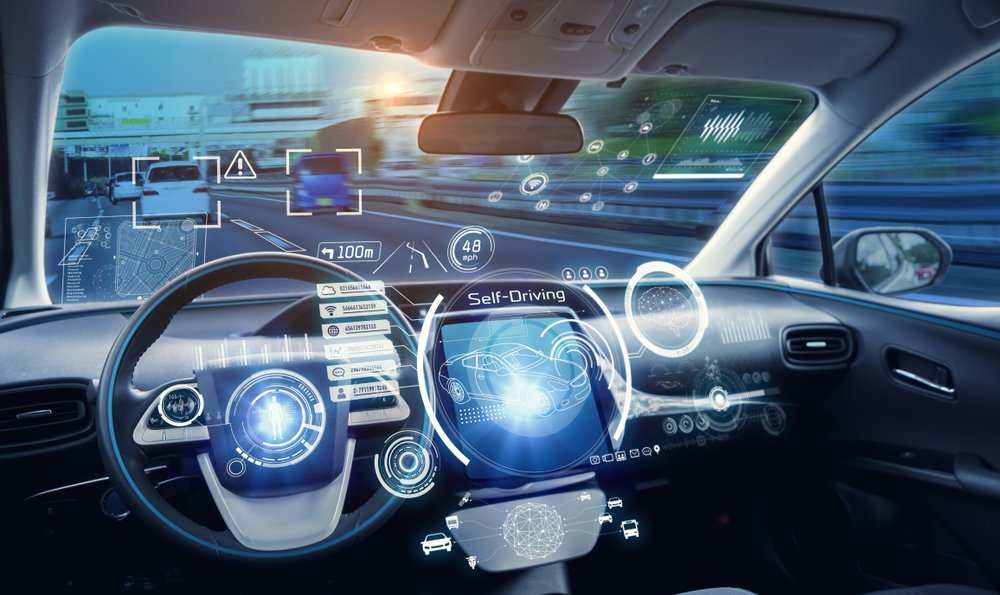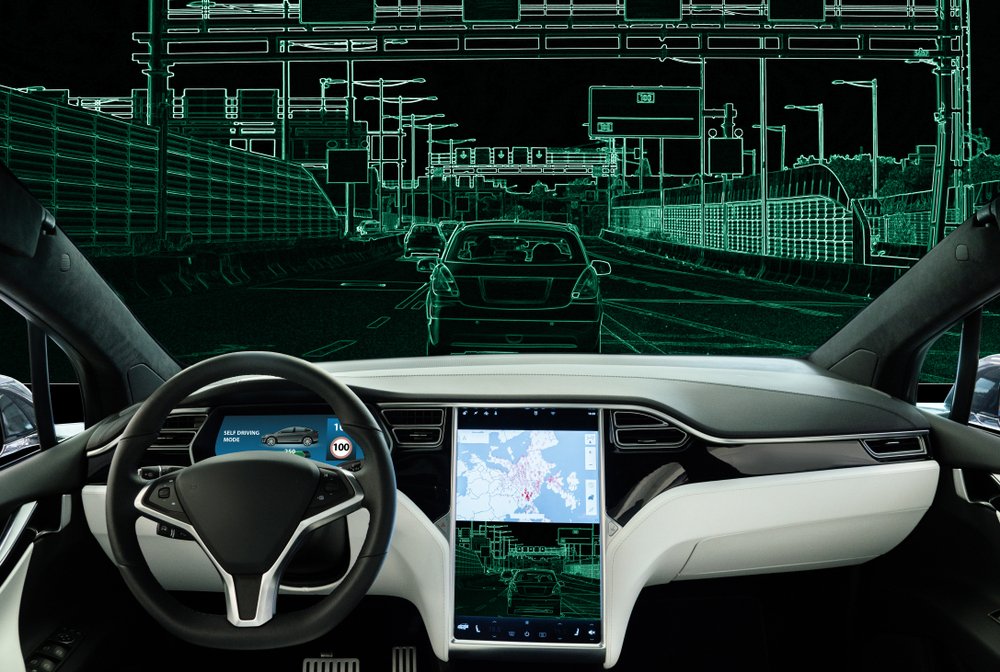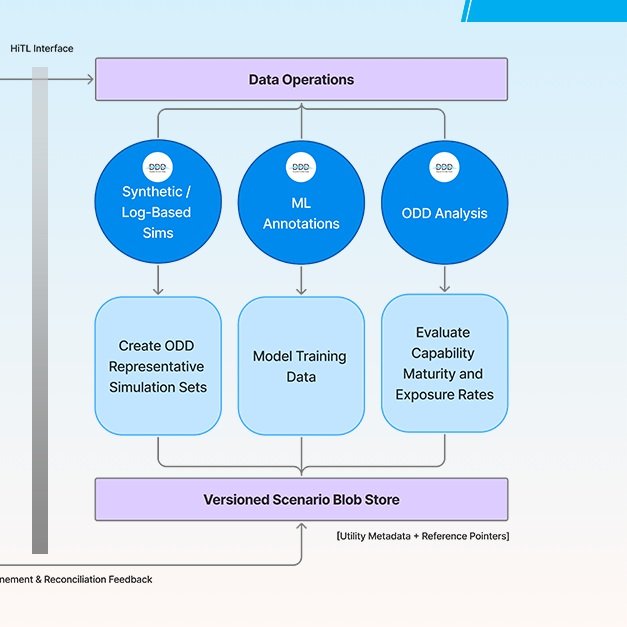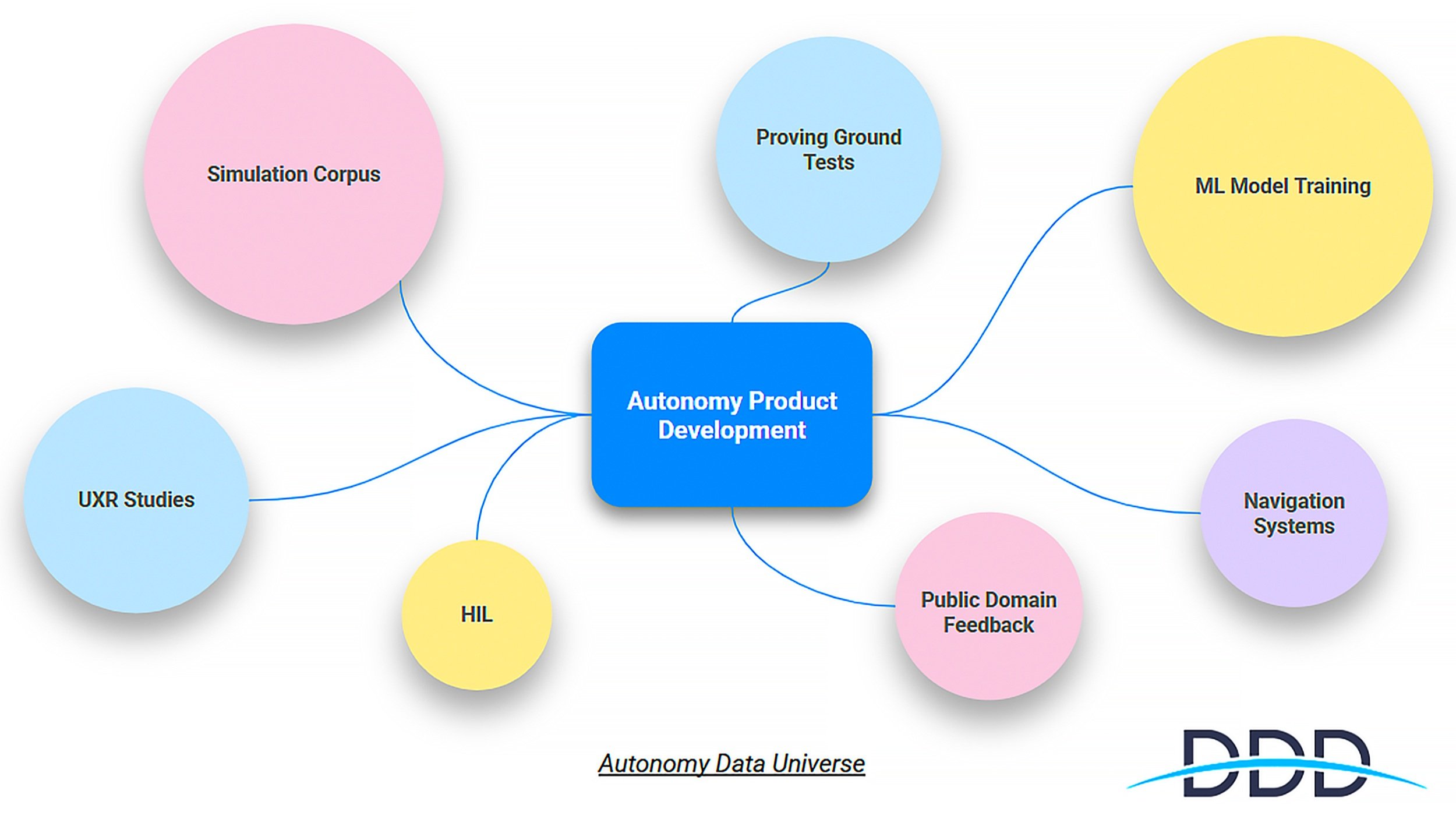
DDD Blog
Our thoughts and insights on machine learning and artificial intelligence applications
Welcome to Digital Divide Data’s (DDD) blog, fully dedicated to Machine Learning trends and resources, new data technologies, data training experiences, and the latest news in the areas of Deep Learning, Optical Character Recognition, Computer Vision, Natural Learning Processing, and more.
For Artificial Intelligence (AI) professionals, adding the latest machine learning blog or two to your reading list will help you get updates on industry news and trends.
Get early access to our blogs

Accelerating HD Mapping for Autonomy: Key Techniques & Human-In-The-Loop
This blog explores the key techniques in HD mapping for autonomy and learn how HITL enhances the scalability and accuracy of HD maps.

Red Teaming Gen AI: How to Stress-Test AI Models Against Malicious Prompts
In this blog, we will delve into the methodologies and frameworks that practitioners are using to red team generative AI systems. We’ll examine the types of attacks models are susceptible to, the tools and techniques available for conducting these assessments, and integrating red teaming into your AI development lifecycle.

Top 10 Use Cases of Gen AI in Defense Tech & National Security
This blog explores the top 10 use cases of Gen Ai in defense tech and national security, and explores real-world applications.

GenAI Model Evaluation in Simulation Environments: Metrics, Benchmarks, and HITL Integration
This blog explores the core components of GenAI model evaluation in simulation environments. We’ll look at why simulation is critical, how to select meaningful metrics, what makes a benchmark robust, and how to integrate human input without compromising scalability.

Guidelines for Closing the Reality Gaps in Synthetic Scenarios for Autonomy?
In this blog, we’ll explore key guidelines for generating synthetic scenarios for Autonomy, explore how to measure reality gaps, and learn how we are supporting the autonomous industry to solve these challenges.

Why Human-in-the-Loop Is Critical for Agentic AI
In this blog, we'll explore what agentic AI is, examine its capabilities and limitations, and discuss why human-in-the-loop is critical for these AI agents.

Fine-Grained Human Feedback Gives Better Rewards for Language Model Training
In this blog, we will explore Fine-Grained Reinforcement Learning from Human Feedback (Fine-Grained RLHF), an innovative approach to improve language model training by providing more detailed, localized feedback. We'll discuss how it addresses the limitations of traditional RLHF, its applications in areas like detoxification and long-form question answering, and the broader implications for building safer, more aligned AI systems.

Enhancing Image Categorization with the Quantized Object Detection Model in Surveillance Systems
In this blog, we will discuss object detection in surveillance systems and how quantized object detection models are reshaping image categorization. We’ll explore the challenges of categorizing visual data in real-world surveillance environments, define what quantized models are and how they work, and examine the specific advantages they bring to the table.

Horizontal vs. Vertical AI: Which Is Right for Your Organization?
This blog explores horizontal AI and vertical AI in depth, highlighting their advantages, challenges, and key differences, so you can decide which AI strategy is right for you.

How AI-Powered Object Detection is Reshaping Defense
In this blog, we explore how object detection is revolutionizing national security by enhancing situational awareness, accelerating decision-making, and reducing risk across every level.

Detecting & Preventing AI Model Hallucinations in Enterprise Applications
In this blog, we’ll break down what AI hallucinations are, why they happen, how to spot them, and what businesses can do to prevent them.

Cross-Modal Retrieval-Augmented Generation (RAG): Enhancing LLMs with Vision & Speech
In this blog, we’ll break down what Cross-Modal RAG is, how it works, its real-world applications, and the challenges that still need solving.

The Case for Smarter Autonomy V&V
In this blog, we explore autonomy verification and validation (V&V) and how cutting-edge techniques like scenario-based testing, simulation, and data-driven development are shaping the future. Learn how industry leaders are redefining safety standards, improving system reliability, and accelerating AV deployment through smarter, scalable V&V strategies.

The Role of Human Oversight in Ensuring Safe Deployment of Large Language Models (LLMs)
In this article, we will explore the essential role of human oversight in ensuring the safe deployment of LLMs, highlighting why it is crucial and where it is most needed.

Advanced Fine-Tuning Techniques for Domain-Specific Language Models
In this blog, we’ll explore advanced fine-tuning techniques that enhance the performance of domain-specific language models. We’ll cover essential strategies such as parameter-efficient fine-tuning, task-specific adaptations, and optimization techniques to make fine-tuning more efficient and effective.

Developing Effective Synthetic Data Pipelines for Autonomous Driving
In this blog, we will explore how to develop an effective synthetic data pipeline for autonomous driving, breaking down the key components, best practices, and future trends shaping this innovative approach.

Democratizing Scenario Datasets for Autonomy
In this article, we will explore how a set of services built around Scenario Curation, Analysis, and Management can accelerate the AV product development lifecycle.

Simulation Operations: Accelerating the Path to the Age of Autonomous Systems
In this post, we explore how Human in the Loop Workflows (HiTL) expedites adopting Simulation tools to build maximum test coverage for safer, reliable Autonomous Systems. We will discuss key components of the Sim-eng-ops ecosystem, present-day trends in foundational models, building effective Simulation Operations, and how it speeds up product development.

Autonomy: Is Data a Big Deal?
Explore how machine learning, sensor integration, and smart data strategies are driving autonomy innovation. From early prototypes to scalable deployment, learn how data optimization accelerates the path to commercial AI-powered transportation.

Fine-Tuning for Large Language Models (LLMs): Techniques, Process & Use Cases
This guide will explore fine-tuning for LLMs, covering key techniques, a step-by-step process, and real-world use cases.
Sign up for our blog today!







